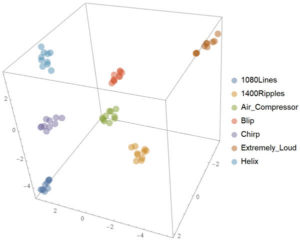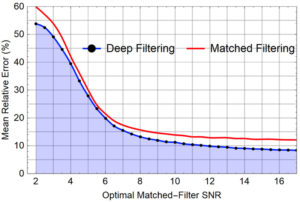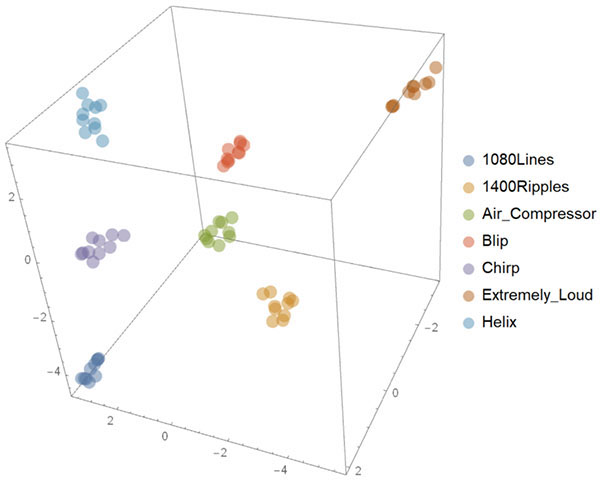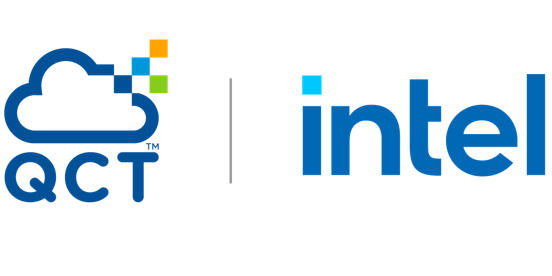 NASA researchers are using AI technologies to detect gravitational waves. The work is described in a new article in Physics Review D this month.
NASA researchers are using AI technologies to detect gravitational waves. The work is described in a new article in Physics Review D this month.
This article shows that we can automatically detect and group together noise anomalies in data from the LIGO detectors by using artificial intelligence algorithms based on neural networks that were already pre-trained to classify images of real-world objects,” said research scientist, Eliu Huerta.
NCSA Gravity Group researchers, Daniel George, Eliu Huerta and Hongyu Shen leveraged NCSA resources from its Innovative Systems Laboratory, Einstein Toolkit and NCSA’s Blue Waters supercomputer. Also critical to this research were the GPUs (Tesla P100 and DGX-1) provided by NVIDIA, which enabled an accelerated training of neural networks. Wolfram Research also played an important role, as the Wolfram Language was used in creating this framework for deep learning.
Abstract:
Gravitational wave detection requires a detailed understanding of the response of the LIGO and Virgo detectors to true signals in the presence of environmental and instrumental noise. Of particular interest is the study of anomalous non-Gaussian transients, such as glitches, since their occurrence rate in LIGO and Virgo data can obscure or even mimic true gravitational wave signals. Therefore, successfully identifying and excising these anomalies from gravitational wave data is of utmost importance for the detection and characterization of true signals, and to accurately compute their significance. To facilitate this work, we present the first application of {Deep Learning} combined with {Transfer Learning} to show that knowledge from pretrained models for real-world object recognition can be transferred for classifying spectrograms of glitches. To showcase this new method, we use a dataset of twenty-two classes of glitches, curated and labeled by the {Gravity Spy} project using data collected during LIGO’s first discovery campaign. We demonstrate that our {Deep Transfer Method} enables an optimal use of very deep convolutional neural networks for glitch classification given small and unbalanced training datasets, significantly reduces the training time, and achieves state-of-the-art accuracy above 98.8\%, lowering the previous error rate by over 60\%. More importantly, once trained via transfer learning on the known classes, we show that our neural networks can be truncated and used as feature extractors for unsupervised clustering to automatically group together new unknown classes of glitches and anomalous signals. This novel capability is of paramount importance to identify and remove new types of glitches which will occur as the LIGO/Virgo detectors gradually attain design sensitivity.
 Daniel George and Eliu Huerta began a new chapter in gravitational wave astronomy with their groundbreaking research, “Deep Neural Networks to Enable Real-time Multimessenger Astronomy,” which was also published in Physical Review D. This was the first application of deep learning for gravitational wave astrophysics, establishing the power of deep learning to outperform other gravitational wave detection and parameter estimation algorithms when applied to simulated gravitational wave data.
Daniel George and Eliu Huerta began a new chapter in gravitational wave astronomy with their groundbreaking research, “Deep Neural Networks to Enable Real-time Multimessenger Astronomy,” which was also published in Physical Review D. This was the first application of deep learning for gravitational wave astrophysics, establishing the power of deep learning to outperform other gravitational wave detection and parameter estimation algorithms when applied to simulated gravitational wave data.
These results were confirmed with outstanding accuracy when this method could detect real signals in raw LIGO data, resulting in a subsequent paper, “Deep Learning for Real-time Gravitational Wave Detection and Parameter Estimation: Results with Advanced LIGO Data,” published in Physics Letter B.
Researcher Daniel George will be featured in a live webcasting on Sunday, April 15 at 3:00pm CDT, discussing the results of “Deep Learning for Real-time Gravitational Wave Detection and Parameter Estimation with Real LIGO Data.” Visit apswebcasting.com to listen to the webinar and press conference.
The April American Physical Society Meeting will be held April 14-17, 2018 in Columbus, Ohio. Ten members from the NCSA Gravity Group will present their research encompassing numerical relativity, gravitational wave astronomy and applications of HPC for large scale gravitational wave discovery.
Sign up for our insideHPC Newsletter




